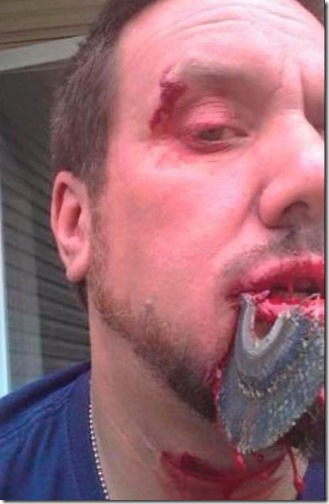Spinninghead
Civil/Environmental
Hi.In a previous thread(404-167467) the bursting speed for a spinning steel disc was quoted(rule of thumb)as v=sqrt(10*s) where v= velocity in f/s
And s=tensile strength.in psi.
I applied this to a 14 inch concrete cutting disk (6000 psi tensile strength) and obtained a figure of 4435 rpm.As the working speed of said disk (cutting concrete)
Is rated at 5400 rpm, could someone tell me if the differing figures is my calculations(I usually work in SI) ,the formula,or a huge safety factor" built in"
The weight is 1.8 kg. T.I.A.
T.I.A.
And s=tensile strength.in psi.
I applied this to a 14 inch concrete cutting disk (6000 psi tensile strength) and obtained a figure of 4435 rpm.As the working speed of said disk (cutting concrete)
Is rated at 5400 rpm, could someone tell me if the differing figures is my calculations(I usually work in SI) ,the formula,or a huge safety factor" built in"
The weight is 1.8 kg.

